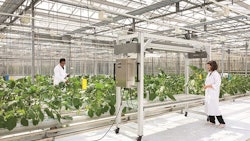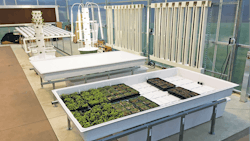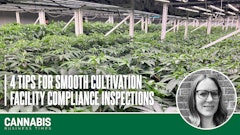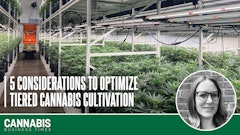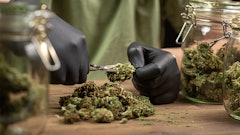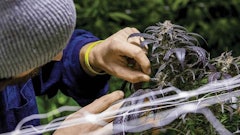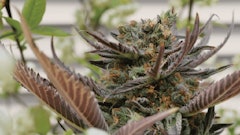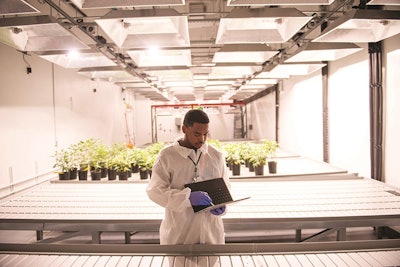
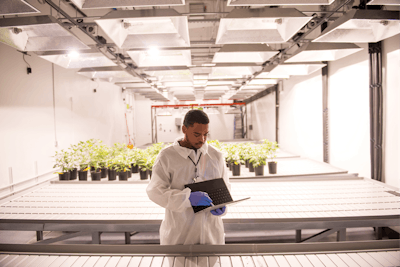
Standard operating procedures (SOPs) can transform your business if they are used daily as part of the management structure.
SOPs—documents that outline exactly how to conduct every process in your operation—highlight the things that make the difference between profit and loss, compliance or court case. Operations are systematically analyzed during SOP development to devise control methods for key growth variables. Analyzing operations gives growers a new appreciation for the importance of accurately written and maintained procedures.
When put to practice, SOPs are exposed to the challenges of growing plants, and they must evolve to meet those challenges. Be sure to test and approve all SOP changes before introducing them into production to avoid massive failures due to unforeseen circumstances.
Here are a 12 tips we follow when creating SOPs for clients. You may find them helpful, too.
1. Use Them
When people know they are working with rules and a script, they come to understand that there is no room for improvisation. Production demands seamless operation. That can’t happen if cultivation actions are performed differently each time.
2. Don’t Over-Explain
SOPs are about how things are done, not why they are done. Resist the temptation to add explanatory text to them; put that information in your training package, along with your SOPs. The goal of new hire training is to make employees productive as quickly as possible. That is achieved by teaching them how to do their daily jobs to the letter.
3. Focus on Variable Control
SOPs are intended to ensure things are done the same way every time to limit variation that can make financial outcomes less reliable. Nutrients and water, for example, are variables that heavily influence a plant’s growth habits, and the ability to constrain those variables within an optimal range is a process the SOP is intended to describe.
4. Always Include Performance Metrics
No process can be managed if there isn’t some measure of its success, cost effectiveness or other yardstick. The number of cuttings that make it to transplant, the pounds of bud and trim, labor hours, material cost and more all establish management points to track the operation’s performance and staff’s efficiency in executing the SOPs.
5. Someone is Always Responsible
Everyone’s performance rating must be dependent on how well a process is executed. When the process is rolling along, the responsible party is riding high, but they are also responsible when things go wrong. They have to fix the problem and then fix the process to prevent future occurrences.
We start clients with an organizational, skill, roles and responsibilities SOP. When you identify a clear set of requirements, responsibilities and performance metrics, it’s difficult for staff to argue that they didn’t know the chain of command or who was responsible for what. When everyone knows who does what task, operations go smoothly.
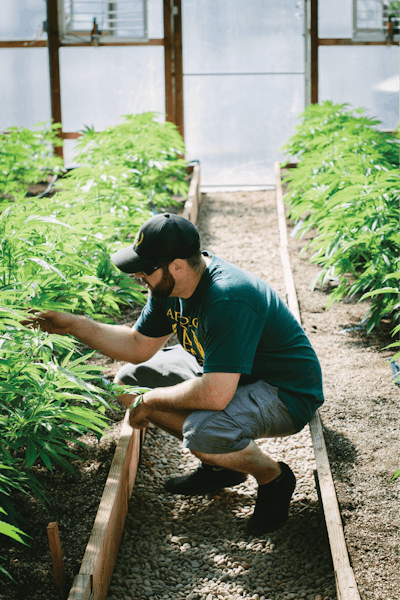
6. Recruit Experts to Design Your SOPs
Formal structure and content can’t mask bad processes or information. You don’t go to doctors, lawyers or tax accountants who don’t have some level of college training, and trusting your $12M a year operation to an untrained grower is like trusting a back alley practitioner.
Regardless of whether a grower’s education comes from academic training, experience or both, our gold standard of expertise is someone’s ability to predict outcomes from changes made to the system. A Ph.D. doesn’t mean anything if the advice offered isn’t borne from results. Our advice is to find a grower with a horticulture degree who follows proven practices. The fastest way to get ahead in a technical cultivation operation is with people trained in the technology.7. Spend the Time
Even with skilled staff, the only way to craft valid, operational SOPs is to spend time understanding what makes a process successful, understanding how to control the variables of the process to get the desired responses, and then documenting the actions so that anyone can follow the instructions and complete the process successfully. Building a bulletproof operation takes time. You must be willing to spend it to achieve better results.
8. Reduce SOPs to Practice
SOPs describe the actions that control key variables in a process. They also describe the data that is taken from the process to assess its operation level. When required, SOPs describe how to react to various situations that arise.
Aids and tools help reduce SOPs to simple steps. For example, an Excel spreadsheet could list all pesticides to be used at the operation and include columns for each day of the week. The staff should document within the Excel sheet which pesticides were used and when, for each and every grow room. Many times, the first thing pesticides inspectors ask for are pesticide application logs.
9. Protect Your Business
A change-management process is central to protecting your operation. We all expect processes to change, but that change needs to be carefully managed to make sure it will do what it is supposed to before it is committed to production. Financial models may be required to justify the change, and the right people need to be included in the decision to make the change. Make changes when necessary, but test them first. Be ready to react if things don’t go well when the changes are implemented in production.
10. To Be Determined (TBD)
TBD is often used to note that certain aspects of the process have yet to be considered and decided upon. There is nothing wrong with early SOP drafts having TBD notations, but an SOP isn’t operational until every TBD has been replaced with a definitive set of steps, materials, tools, approaches, metrics and responsibilities that are required to successfully perform the procedure.
11. Keep Them Short
Twelve thousand pages of SOPs will ensure no one ever looks at them, let alone follow or update them. Complex processes can require complex and lengthy SOPs, but always look for ways to keep the procedures as concise as possible.
Photos and videos do a great job of conveying procedures. A page-long SOP on cut-and-stick propagation replaced by a 2-minute video of the process can render hands-on training less important. Visual aids can also largely eliminate language translation headaches.
If there is one point that can’t be reinforced enough, it’s that SOPs have a limited set of items they need to cover. When those items are covered, the SOP is done. Don’t embellish or pad.
12. Compliance is Key
Asking staff to memorize regulations doesn’t work. Therefore, bake the necessary compliance actions into every SOP. From propagation through shipping, cannabis inventory needs to be monitored to ensure it does not get diverted. While a compliance SOP may be helpful, we prefer to infuse the SOP with compliance from the ground up. So when the harvest SOP is being executed, material tracking steps are included in the SOP so that they are never forgotten or performed incorrectly.








